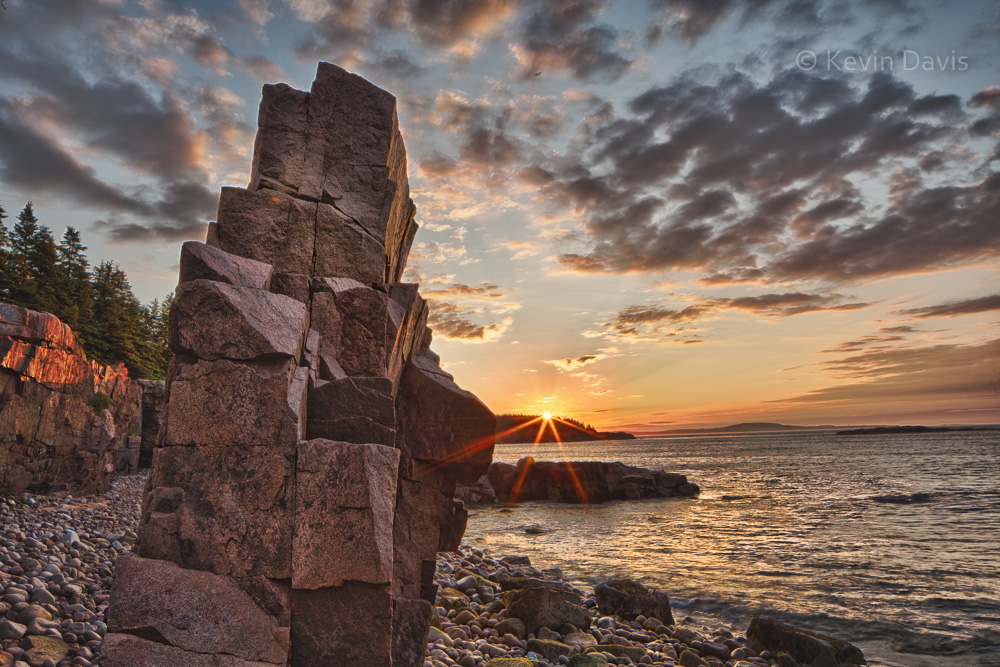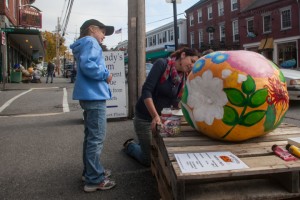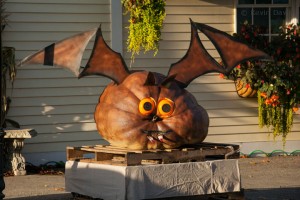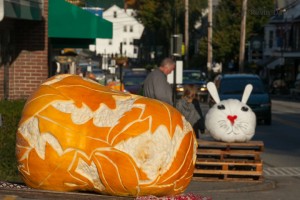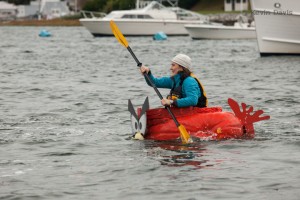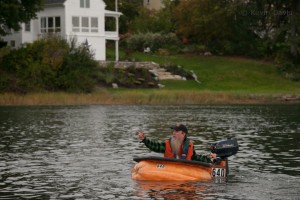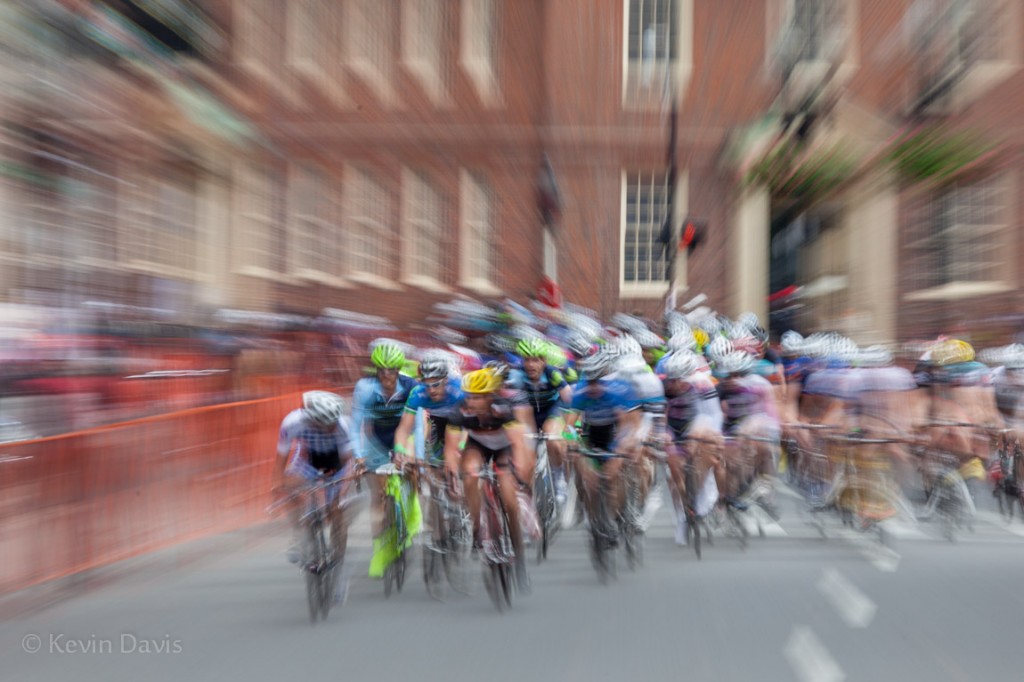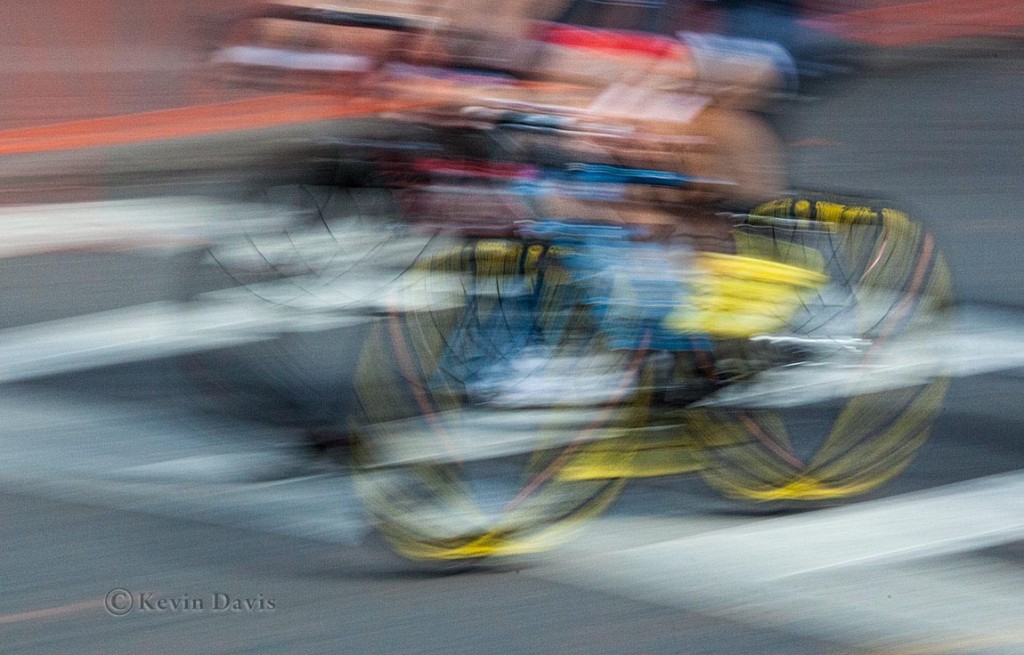A few weeks ago, I did photography and videography of a stage performance. Most of the still photos were shot during rehearsals, so that I had freedom to move around and use electronic flash. Most of the video was shot during live performance with an audience present in the chairs.
The main video camera angle was captured by a camcorder on a tripod at the back of the room. This camera captured 90% of the stage, but failed to sufficiently adapt the exposure for an individual person lit by a spotlight. While I left this camera alone, I captured additional angles using a DSLR. One angle was from a seat in the front row, right side. A second angle was from center aisle. A third angle was from the back of the right aisle (because dancers came off-stage and down the aisle). A fourth angle was just the band pit. To do this well would require at least three camera operators, but there was only me because this was a volunteer pro-bono job and no video-savvy operators came to light.
Audio was recorded at the sound control booth. Unfortunately, one microphone was not recorded, so important monologues were lost. Additionally, one song with vocal and instruments seemed to only record the vocalist. I partially recovered the missing audio from the camcorder, but had to amplify it to an unreasonable amount; it does not sound good, but it’s better than no sound at all.
In the end, I had three separate audio recordings. You would think that duration, from first utterance to the last, would be identical … but it was not. One recording was three seconds longer. (I can only presume that the clocking devices inside the different recorders are not very precise.) That means that synchronization of the audio and video (lip synch) is lost. After several attempts, I did manage to compress that audio such that it aligned with the others.
Lessons
- When using multiple cameras, use the same make/model if possible
(so the color is the same). And if you are borrowing a camera from a friend, absolutely test it first under the same conditions that you will rely upon it. - With a DSLR, set the color saturation to low.
(You can always boost it later during edit.) - If you have access to audio & video equipment that supports Time Code,
that can save you a lot of headaches during subsequent editing. - Have a dedicated operator for every camera.
- Redundancy. Shoot every scene from two camera angles.
- For smooth panning, use a tripod with a “fluid head”.
- Record your own master audio; don’t assume the sound board will capture it perfectly. Unless you have a professional-grade video camera with a good quality audio pre-amp, use a separate audio recorder (don’t use the mic that is built-in to the camera).

